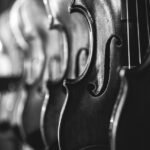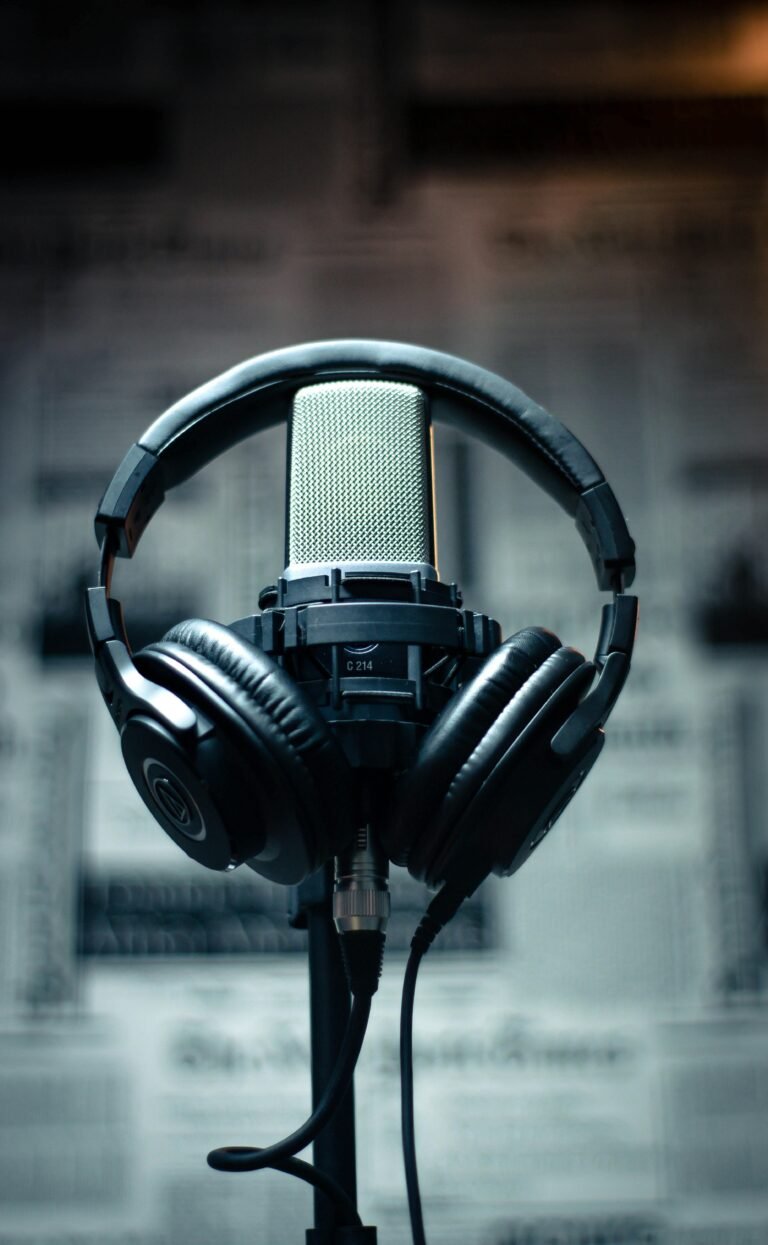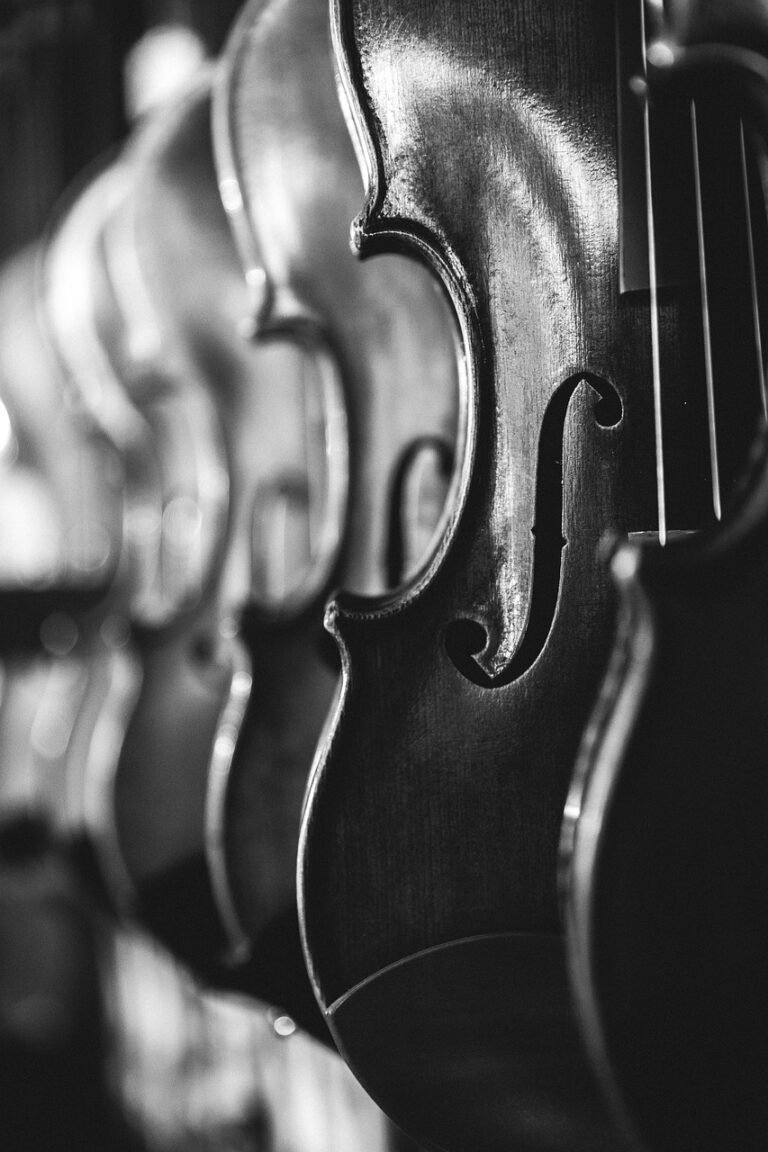
The Healing Harmonics: Theoretical Foundations of Ambient Music in Cardiac Recovery Rooms
The integration of ambient music into cardiac recovery room environments represents a sophisticated application of therapeutic soundscape theory, combining neurobiological mechanisms, cardiovascular physiology, and environmental psychology to optimize patient healing outcomes. This emerging field demonstrates how carefully curated sonic environments can significantly enhance the complex process of cardiac rehabilitation through measurable physiological and psychological improvements.
Neurobiological Foundations of Musical Therapy in Cardiac Care
The theoretical framework for using ambient music in cardiac recovery rooms rests on well-documented neurobiological mechanisms that link auditory processing to cardiovascular regulation. Sound processing begins in the brainstem, which simultaneously controls heart rate and respiratory patterns, creating a direct neuroanatomical connection between musical stimuli and cardiac function. This connection explains why ambient music can produce measurable effects on heart rate variability, blood pressure regulation, and overall autonomic nervous system balance in recovering cardiac patients.
Research demonstrates that music interventions activate the parasympathetic nervous system while reducing sympathetic activity, effectively counteracting the “fight-or-flight” response that often complicates cardiac recovery. This autonomic modulation occurs through multiple pathways: ambient music triggers dopamine release in reward centers of the brain, stimulates the release of endorphins and oxytocin, and simultaneously reduces cortisol production creating an optimal neurochemical environment for cardiovascular healing.
Cardiovascular-Specific Therapeutic Mechanisms
The physiological impact of ambient music on cardiac recovery operates through several interconnected mechanisms specific to cardiovascular function. Studies analyzing patients undergoing cardiothoracic surgery reveal that music therapy produces significant reductions in heart rate (with evidence from 750 patients across multiple studies), systolic blood pressure improvements (documented in 486 patients), and enhanced oxygen saturation levels. These effects appear within minutes of musical exposure and can persist for extended periods following intervention.
Particularly significant for cardiac recovery is music’s documented ability to improve heart rate variability a critical indicator of cardiac health and autonomic balance. Research involving different musical genres demonstrates that ambient compositions with tempos of 60-80 beats per minute, closely matching resting heart rate, produce optimal therapeutic effects by synchronizing cardiac rhythms with musical patterns. This synchronization phenomenon, known as entrainment, allows ambient music to guide cardiac function toward healthier patterns during the vulnerable recovery period.
Ambient Music’s Unique Properties for Cardiac Settings
Unlike conventional music therapy approaches, ambient compositions possess specific characteristics that make them particularly suited to cardiac recovery environments. The genre’s emphasis on sustained tones, gradual harmonic progressions, and absence of sudden dynamic changes creates what researchers’ term “cognitive distraction” without overwhelming auditory stimulation. This quality is crucial for cardiac patients, who often experience heightened sensitivity to environmental stressors during recovery.
Studies examining different musical styles reveal that ambient and classical baroque compositions produce the most favorable cardiac responses, with ambient music specifically reducing both sympathetic and parasympathetic nervous system activation to achieve optimal balance. The non-intrusive nature of ambient soundscapes allows patients to experience therapeutic benefits without conscious engagement, making it ideal for recovery rooms where patients may be sedated, experiencing discomfort, or requiring periods of undisturbed rest.
Clinical Evidence from Cardiac Recovery Applications
The clinical effectiveness of ambient music in cardiac recovery settings has been extensively documented through controlled studies involving thousands of patients. A comprehensive meta-analysis of 24 randomized controlled trials encompassing 1,576 patients found that music therapy significantly reduced anxiety scores, pain levels, heart rate, systolic blood pressure, and opioid consumption in post-cardiac surgery patients. Particularly notable was the finding that patients exposed to ambient music experienced a 23% lower rate of subsequent heart attacks and an 18% reduction in heart failure incidence over extended follow-up periods.
The timing and duration of musical interventions prove critical for optimal outcomes. Research indicates that 30-minute ambient music sessions produce measurable improvements in cardiac function, with effects beginning within minutes of exposure and lasting for hours post-intervention. Studies focusing specifically on myocardial infarction patients demonstrate that ambient music therapy reduces anxiety by approximately one-third and decreases angina symptoms by one-quarter compared to standard care alone.
Environmental Soundscape Design Theory
The application of ambient music in cardiac recovery rooms requires understanding of comprehensive soundscape design principles that address the complex acoustic environment of medical facilities. Cardiac intensive care units typically maintain noise levels of 60-90 decibels, well above recommended guidelines and potentially detrimental to recovery. Ambient music interventions must function within this challenging acoustic landscape while providing therapeutic benefits.
Advanced soundscape technologies now enable the creation of adaptive ambient environments that respond to real-time cardiac monitoring data and environmental noise levels. These systems can automatically adjust musical characteristics tempo, harmonic complexity, and volume based on patient physiological responses, creating personalized sonic environments optimized for individual recovery needs. The integration of biophilic soundscapes, incorporating natural sounds like ocean waves or gentle rainfall, has shown particular promise in reducing physiological stress markers while maintaining the therapeutic benefits of musical intervention.
Heart Rate Variability and Rhythmic Entrainment
Central to the theoretical framework of ambient music therapy in cardiac recovery is the concept of heart rate variability (HRV) optimization through rhythmic entrainment. HRV represents the subtle variations in time between heartbeats and serves as a key indicator of cardiac health and autonomic nervous system balance. Higher HRV correlates with better cardiovascular outcomes and reduced mortality risk across diverse patient populations.
Studies examining the relationship between ambient music and HRV demonstrate that carefully selected compositions can significantly enhance this critical health marker. Classical and ambient music with slow tempos (70-80 BPM) consistently produce increases in RMSSD (a key HRV metric) averaging 54.78 milliseconds compared to baseline levels of 49.80 milliseconds a statistically significant improvement indicating enhanced parasympathetic activity and improved cardiac recovery potential.
Multi-Phase Recovery Protocols
Emerging research supports the implementation of multi-phase ambient music protocols tailored to different stages of cardiac recovery. Traditional Chinese medicine approaches to cardiac rehabilitation incorporate “5-phase music” therapy that aligns different musical characteristics with specific recovery phases, producing significant improvements in anxiety, depression, and sleep quality compared to standard rehabilitation alone. This approach recognizes that cardiac recovery involves distinct physiological and psychological phases, each potentially benefiting from specifically designed ambient soundscapes.
Phase I cardiac rehabilitation combined with ambient music interventions shows particular promise, with studies documenting improvements in left ventricular ejection fraction, 6-minute walk test performance, and overall quality of life measures. The integration of music therapy with exercise-based cardiac rehabilitation protocols produces enhanced outcomes across multiple metrics, suggesting synergistic effects between ambient music and physical recovery interventions.
Psychoneuroimmunological Pathways
The theoretical foundation for ambient music in cardiac recovery extends beyond direct cardiovascular effects to encompass broader psychoneuroimmunological pathways that influence healing. Music therapy has been shown to modulate stress hormone levels, particularly reducing cortisol while increasing oxytocin production—hormonal changes that directly support cardiovascular recovery. These effects appear to be mediated through the hypothalamic-pituitary-adrenal axis, with ambient music providing a non-pharmacological intervention that supports the body’s natural healing mechanisms.
The immunological benefits of ambient music therapy include enhanced immune system function, reduced inflammatory markers, and improved sleep quality all critical factors in cardiac recovery. Studies demonstrate that patients receiving music therapy show improved cognition, reduced depression scores, and enhanced overall quality of life, suggesting that ambient music interventions address the complex interplay of physical, psychological, and social factors that influence cardiac recovery outcomes.
Future Directions and Clinical Integration
The theoretical framework for ambient music in cardiac recovery rooms continues to evolve with advances in neuroscience, cardiac physiology, and acoustic technology. Emerging research focuses on personalized music therapy protocols based on individual patient characteristics, including genetic predisposition to music responsiveness, specific cardiac conditions, and personal musical preferences. The development of artificial intelligence-driven soundscape systems promises to create dynamic ambient environments that continuously optimize therapeutic benefits based on real-time physiological feedback.
Integration of ambient music therapy into standard cardiac care protocols requires addressing practical considerations including optimal timing of interventions, selection criteria for different ambient compositions, and coordination with existing medical treatments. The growing body of evidence supporting music therapy’s cardiovascular benefits suggests that ambient soundscapes may become standard components of cardiac recovery room design, similar to other evidence-based environmental interventions.
Conclusion
The theoretical foundation for using ambient music in cardiac recovery rooms represents a convergence of multiple scientific disciplines, from neurobiology and cardiovascular physiology to environmental psychology and acoustic engineering. The documented mechanisms including autonomic nervous system modulation, heart rate variability optimization, stress hormone regulation, and psychoneuroimmunological pathway activation provide a robust scientific basis for clinical implementation.
As cardiac care continues to evolve toward more holistic, patient-centered approaches, ambient music therapy offers a non-invasive, cost-effective intervention with minimal risks and significant potential benefits. The growing evidence base suggests that the question is not whether ambient music should be integrated into cardiac recovery environments, but rather how to optimize its implementation to maximize therapeutic outcomes for each individual patient. The theoretical framework established through decades of research provides the foundation for this integration, promising a future where the healing power of carefully crafted soundscapes becomes an essential component of comprehensive cardiac care.








